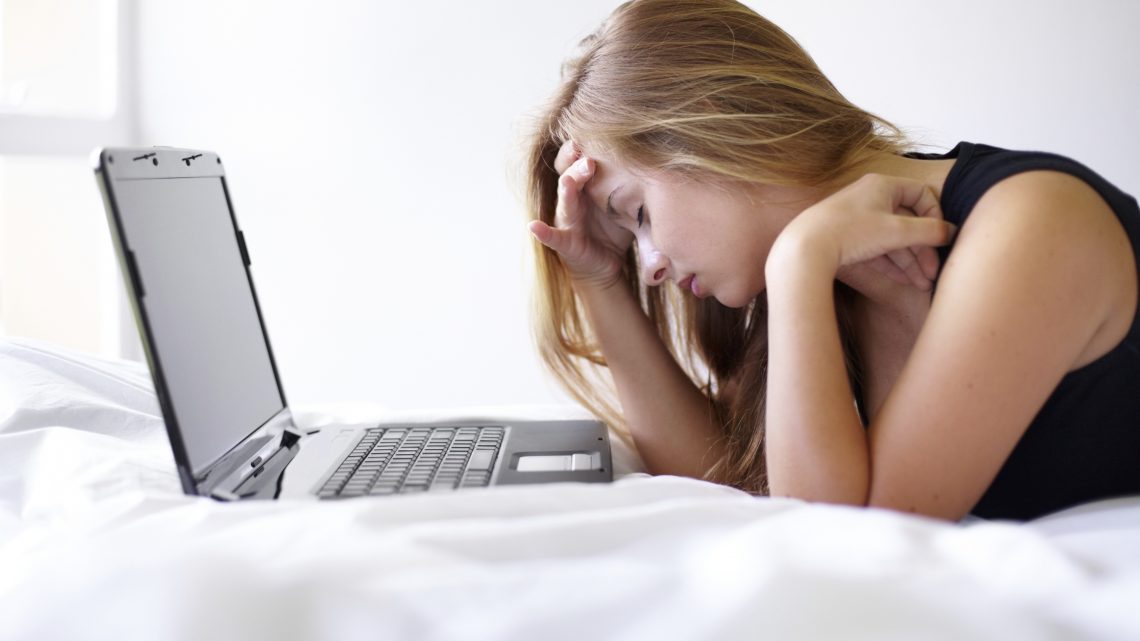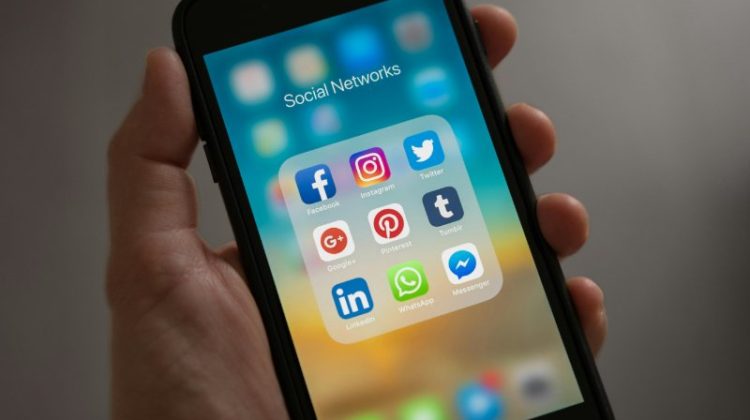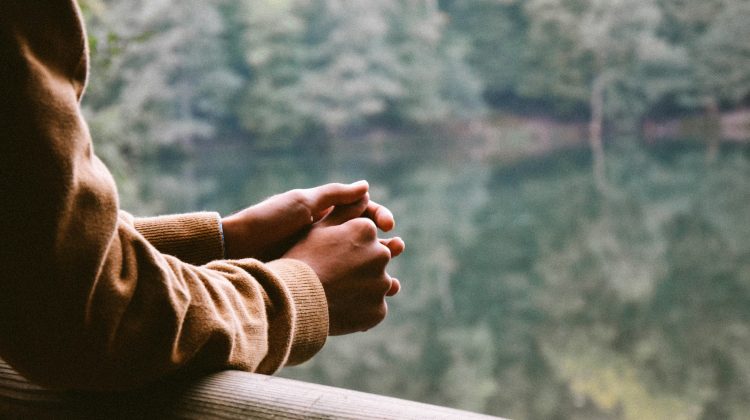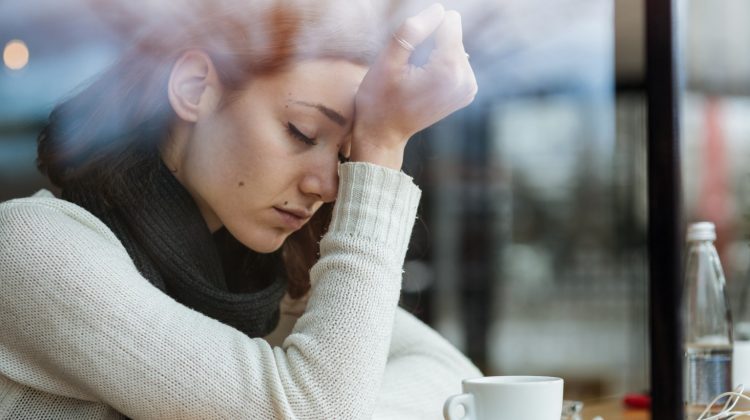Now more than ever before our society has become polarized. This polarization has occurred on a global basis, certainly, but that effect has filtered down to every aspect of our individual lives. The lines between us have become thicker, darker, and more distinct than ever before.
Neighbors, friends, and families are divided over the “rules” of social distancing and quarantine being imposed upon us and how those rules are being applied. City mayors are promising that “snitches” will be rewarded and rule breakers will be “hunted down.”
How did we get here? And what are the consequences of such a mindset on a society?
In a recent survey, 67 percent of respondents reported having higher levels of stress since the COVID-19 pandemic began. When asked what is contributing most to their increased stress levels, people listed the following:
- Contracting COVID-19
- Financial pressure
- Being stuck at home
- Loneliness / social isolation
- Fears about job security
It All Started with Fear
It all started with fear. In the case of the coronavirus, it started slowly with concern and worry, but quickly rose to extreme heights almost overnight. Before we knew it, our whole world spun out of control.
Unlike other raging epidemics, the news media started reporting 24/7 on the status of what was happening in China and flashing pictures of people scurrying from place to place in facemasks. Newscasters told stories of dead bodies left for days in Italy and began predicting coronavirus doom in the United States. The fear increased.
Government officials then projected that millions “could” die. Social distancing was recommended and then mandated. Now endless commercials and public announcements, hyped news reports, and inaccurate information with more of an agenda than a concern for the good of the people shake our faith and continue to plague us.
The Mental Health Consequences of Fear
Fear is a biological process; the psychological aspects of fear soon follow afterward.
As soon as the brain perceives a threat, everything changes when it comes to perception. It begins when that stimulus is received by the amygdala deep within the temporal lobes of the brain. These signals are received faster than the cortex – or thinking part – of the brain.
This fear response sets off a cascade of physiological reactions: breathing and heart rate increase, blood flow changes occur, muscles tense and ready for action. Metabolically, glucose levels spike, and a host of neurochemicals are released from the brain.
Because stress hormones are flowing, other effects are felt as well and the typical side effects of stress, anxiety, and fear are experienced.
The biggest problem? We are no longer thinking clearly.
Quarantine’s Serious Effects on Mental Health
While social distancing was what was intended in the initial stages of the coronavirus outbreak in attempts to prevent the spread of COVID, what happened in far too many cases turned out to be a quarantine of individuals instead. Social distancing is the keeping of space between people, while quarantine is the separation of already sick or those exposed to the sick isolated from others altogether.
While those who are most vulnerable to this virus certainly need to take extra precautions because they are at higher risk, it comes with a cost. Many health professionals and others in the medical community have certainly seen the negative impacts on the physical and emotional health this is having on our society. Mental health concerns abound.
For the most part, elders have been the greatest victims of this; shut off from loved ones, family, and friends, with little or no contact, and certainly no human touch, many are languishing in extreme isolation, loneliness, and despair. They and their families are being driven by fear: fear of infecting them with this novel flu virus.
Quarantine can certainly have serious effects on the mental, physical, and psychological well-being of an individual of any age and stage. It will take a toll on the individual’s sense of autonomy, his or her sense of competency, as well as the physical and social connectedness the person feels to others.
When fear is added to the mix, these effects are amplified. Fear of becoming sick becomes fear of being sick with no one to comfort or care for you. Fear of becoming sick to the point of dying becomes fear of dying alone.
This is not to say that for many these fears are not valid. They are. But the very real danger of influenza has always been with us. The difference now is how our perception of it has changed. It has a new name, it has a new price tag, it comes with new rules.
The Isolation Paradox
Long before coronavirus, there was already a loneliness crisis in our society. One study reported that “loneliness is at epidemic levels in America.”
This 2020 report highlighted the fact that 61% of those surveyed were lonely and 24% said their mental health was fair or poor. Since then, needless to say, things have changed drastically.
Now that we have experienced months of fear-laced reports from the media and endless, stress-inducing, ever-changing instructions and mandates from public health officials and government bodies, we are certainly in a worse state than ever before on all fronts.
Even for those who are still working and have some connection with co-workers at least online, chief medical officer for behavioral health at Cigna is reporting what many of us already know and certainly are experiencing: “In-person connections are what really matter.”
This is definitely an urgent time to study this issue. Loneliness impacts us on multiple levels and it is taking a toll. The report cited the following as key causes of loneliness:
- Infrequent meaningful social interactions
- Lack of social support
- Negative feelings about personal relationships
- Poor physical and mental health
- Lack of balance in daily activities
Intended or not, necessary or not, the extended “social distancing” has been much more than that. Staying at home/quarantine/isolation is something else, and clearly unhealthy mentally, physically, and psychologically. We see this as too many around us (when we are out in public) have become more aggressive, fearful, distrustful, and distressed.
Behind closed doors, depression and anxiety have skyrocketed. No wonder, as unemployment has never been so high. Alcohol and drug use have increased. Child abuse and domestic violence are climbing. Calls to suicide hotlines are off the charts.
Take Care of Your Emotional Health
After other major disasters in history, people have commonly experienced symptoms of mental illness (panic disorder, PTSD, substance use disorder, major depressive disorder, etc.). After the World Trade attacks, 1 in 10 adults in the city of New York displayed signs of major depression, and nearly 25% of New Yorkers reported increased substance use after the attacks (Vlahov et al., 2004). Similar increases in anxiety and depression were seen after Hurricane Katrina and the Deepwater Horizon oil spill (Galea, Merchant, & Lurie, 2020).
Something similar happened after the SARS epidemic (Lee et al., (2007). Not only did SARS survivors have higher stress levels during the outbreak that persisted well after the outbreak, but health care workers also showed significantly higher levels of stress, depression, and posttraumatic symptom scores one year later.
With SARS (and other major epidemics for that matter), there were no long periods of isolation, quarantine, no large scale job loss, or daily and round the clock news coverage like there is with the current coronavirus situation, so we are not surprised the see these effects much higher in the midst of the COVID crisis.
It is essential you recognize the signs of the stress and strain we are all under is getting out of control and needing intervention. Constantly feeling panicked, anxious, or needing to check the latest whatever is being said at the moment is a sign that things are getting out of control. Extreme moodiness, difficulty sleeping, eating, or concentrating are also signs that a change is in order.
Taken together, your body and brain are letting you know that your mental and physical wellbeing are at risk.
What You Can Do
- Pay attention to the symptoms of fear, stress, and anxiety. As one psychologist put it, the constant noise of the “alarmist news” broadcasts in the background certainly can have a negative effect on our mood.
- Anxiety disorders are real. While feeling panicky or high levels of anxiety during a time like this does not necessarily mean you suffer from an actual anxiety or panic disorder, talking to someone about it could help you manage it and prevent it from getting worse.
- Know that long periods of isolation will have a negative impact on you. Find ways to connect with others. Enjoy the sunshine. Get some exercise. Switch off the TV and go out in the garden or enjoy a hobby in the fresh air.
- Limit your exposure to the news and social media. Many people are suffering from the negative effects that the constant barrage of information coming at them is having. If the news stories are increasing your fear and anxiety, limit how much you listen to them.
References
ADAA. (2020). Understanding the facts of anxiety disorders and depression is the first step. https://adaa.org/understanding-anxiety
Brower, T. (2020). The mental health crisis generated by COVID-19: why it’s critical and how you can retain your sanity. https://www.forbes.com/sites/tracybrower/2020/04/14/the-mental-health-crisis-generated-by-covid-19-why-its-critical-and-how-you-can-retain-your-sanity/#410d14ea6c35
Cherry, K. (2020). How to cope with quarantine. https://www.verywellmind.com/protect-your-mental-health-during-quarantine-4799766
Cigna. (2020). Loneliness is at epidemic levels in America. https://www.cigna.com/about-us/newsroom/studies-and-reports/combatting-loneliness/
Friedersdorf, C. (2020). https://www.theatlantic.com/ideas/archive/2020/04/why-are-hospitals-censoring-doctors-and-nurses/609766/
Galea, S., Merchant, R.M., & Lurie, N. (2020). The mental health consequence of COVID-19 and physical distancing. https://jamanetwork.com/journals/jamainternalmedicine/fullarticle/2764404
Kirzinger, A., Kearney, A., Hamel, L, & Brodie, M. (2020). KFF health tracking poll – Early April 2020: The impact of coronavirus on life in America. https://www.kff.org/health-reform/report/kff-health-tracking-poll-early-april-2020/
Lee, A.M., Wong, J.G., McAlonan, G.M., Cheung, V., Cheung, C., Sham, P.C., …. Chua, S.E. (2007). Stress and psychological distress among SARS survivors 1 year after the outbreak. Canadian Journal of Psychiatry, 52(4), 233-240. https://www.ncbi.nlm.nih.gov/pubmed/17500304
Lindberg, S. (2020). Is watching the news bad for mental health? https://www.verywellmind.com/is-watching-the-news-bad-for-mental-health-4802320
Newman, T. (2018). Dissecting terror: How does fear work? Medical News Today. https://www.medicalnewstoday.com/articles/323492
Panchal, N., Kamal, R., Orgera, K., Cox, C., Garfiels, R., Hamela, L….Chidambaram, P. (2020). The implications of COVID-19 for mental health and substance use. KFF Health Reform. https://www.kff.org/health-reform/issue-brief/the-implications-of-covid-19-for-mental-health-and-substance-use/
Pell, M.B., & Lesser, B. (2020). Researchers warn the COVID-19 lockdown will take its own toll on health. https://www.reuters.com/investigates/special-report/health-coronavirus-usa-cost/
Qualtrics. (2020). The other COVID-19 crisis: Mental health. https://www.qualtrics.com/blog/confronting-mental-health/
Renken, E. (2020). Most Americans are lonely, and our workplace culture may not be helping. https://www.npr.org/sections/health-shots/2020/01/23/798676465/most-americans-are-lonely-and-our-workplace-culture-may-not-be-helping
Smith, R.E. (2020). Lessons from a different war for preventing moral injury among clinicians treating COVID-19. https://www.statnews.com/2020/04/01/lessons-different-war-protecting-clinicians-moral-injury/
Vlahov, D., Galea, S., Ahern, J., Resnick, H., &Kilpatrick, D. (2004). Sustained increased consumption of cigarettes, alcohol, and marijuana among Manhattan residents after September 11, 2001. American Journal of Public Health, 94(2), 253-254. doi:10.2105/AJPH.94.2.253





No Comment